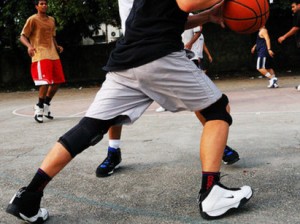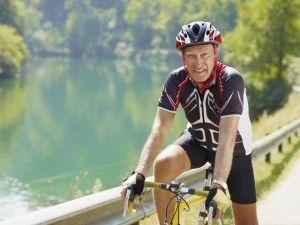 Most biking injuries occur as a result of an accident – falling off the bike, or as a result of repeated movements over time. Superficial soft tissue injuries and musculoskeletal trauma are the most common injuries.
Most biking injuries occur as a result of an accident – falling off the bike, or as a result of repeated movements over time. Superficial soft tissue injuries and musculoskeletal trauma are the most common injuries.
Many problems are linked to poor posture on the bike, poor bike fit, and over training.
Although some injuries are impossible to avoid, there are some things every cyclist can do to prevent injuries. Here is a list of the most common and what you can do to avoid them.
Achilles Tendonitis
Achilles tendonitis is an overuse injury caused by inflammation. (This is not an Achilles tendon rupture, which requires immediate medical attention).
- Reduce you training and use ice, ibuprofen and massage to calm the inflammation
- Make sure to re asses your bike’s fit specifically the height of your bike seat. Having your seat too high keeps your foot flexed, causing constant contraction of the calf muscles.
Muscle Tightness
If you are an avid rider, you may not be aware that your calves and hamstrings are too tight. A hamstring ‘strain’ occurs when the muscle is loaded either quite heavily, or repetitively, or both.
- Tightness can lead to tearing so always warm up before you get on the bike
- Stretch so your muscles are flexible
- Rest the strained muscle
Low Back Pain
Riding for long periods of time, especially if the bike doesn’t fit you properly will lead to lower back pain by forcing supporting muscles to compensate for weaken muscles.
- Make sure that you participate in year round core strengthening exercises
- Make sure your back is in the right position for the specific frame of your bicycle
Neck Pain
Neck pain is caused by tightness in the muscle that starts at the base of the skull and runs along the sides of the neck all the way to the shoulders. This pain can be caused by an incorrect bike fit, or tensing the shoulder muscles while holding the head in an extended position for long periods of time.
- Make sure your bike fits you
- Shortening the stem and moving the seat forward will place your body in a more upright position,
- Allow the neck and back to be in a more neutral position.
- Keeping your grip loose on the handlebars will help to avoid tight shoulder muscles
Knee Pain
Your knees can be irritated by the repeated motion of cycling, especially if you try and do too much too quickly, or your bike set-up isn’t quite right. The repetitive motion of pedaling your bike without sufficient leg strength can potentially bring on knee pain and injuries.
These are changes in equipment or a position on the bike that the body’s not used to, including:
- Check the seat height and seat setback
- Length of cranks
- Cleat position
- Strength training is crucial for keeping your cycling knees pain-free
Riding a bike is a great low-impact exercise; you just have to have the right equipment and engage in the exercise correctly.

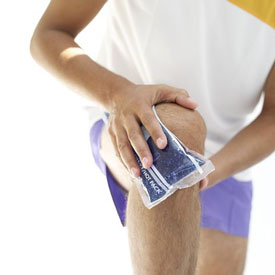
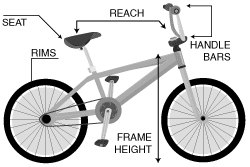
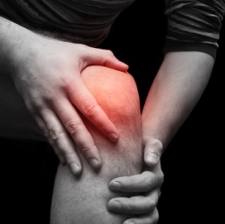
 Leg pain can range from a mild irritation to an unbearable pain that makes it difficult to complete any day-to-day activities. Leg pain can take many different forms, from a dull ache to searing pain. Other symptoms that may also occur are a pins-and-needle sensation, numbness or weakness.
Leg pain can range from a mild irritation to an unbearable pain that makes it difficult to complete any day-to-day activities. Leg pain can take many different forms, from a dull ache to searing pain. Other symptoms that may also occur are a pins-and-needle sensation, numbness or weakness. In order to enjoy
In order to enjoy 